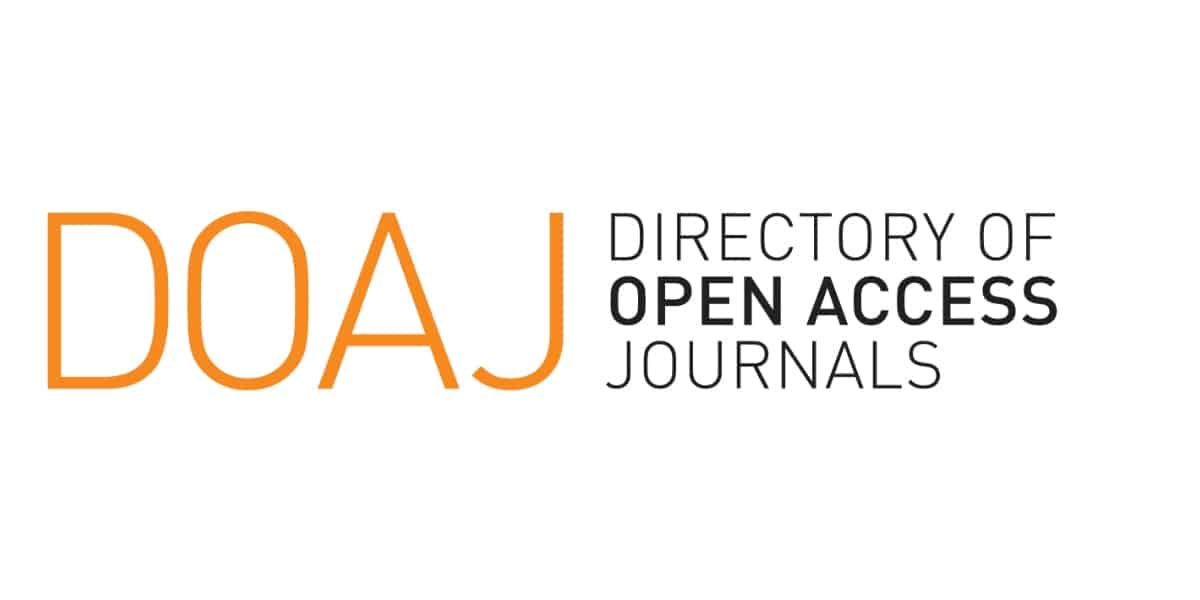Manfaat Ekonomi Dan Kredit Karbon Pabrik Gula Sistem Tertutup Berbasis LCA
Keywords:
carbon credits, LCA, sugar mills, milling season, sugar caneAbstract
Sugar factories (PG) can contribute to efforts to reduce greenhouse gas (GHG) emissions in accordance with the obligations of the Kyoto Protocol and the Paris Agreement. Closed PG systems have the potential to minimise waste and reuse production residues, making them a sustainable solution for reducing environmental impacts and increasing economic benefits. This study models the yield and economic benefits of closed system PG using Life Cycle Assessment (LCA). The aim of this research is to analyse the economic benefits and carbon credits of closed-system sugar production using LCA. The research methodology is descriptive, involving the calculation of carbon credits based on the Kyoto and Paris Agreements. The LCA method is used to assess carbon emissions. The use of bagasse as cogeneration fuel produces an excess of 5 GWh/milling season of electricity, which can meet the electricity needs of 6944 households during the milling season or 3472 households per year. PG X produces 667.5 million liters of clean water during the milling season, which can meet the drinking water needs of 61,805 people throughout the year.
















